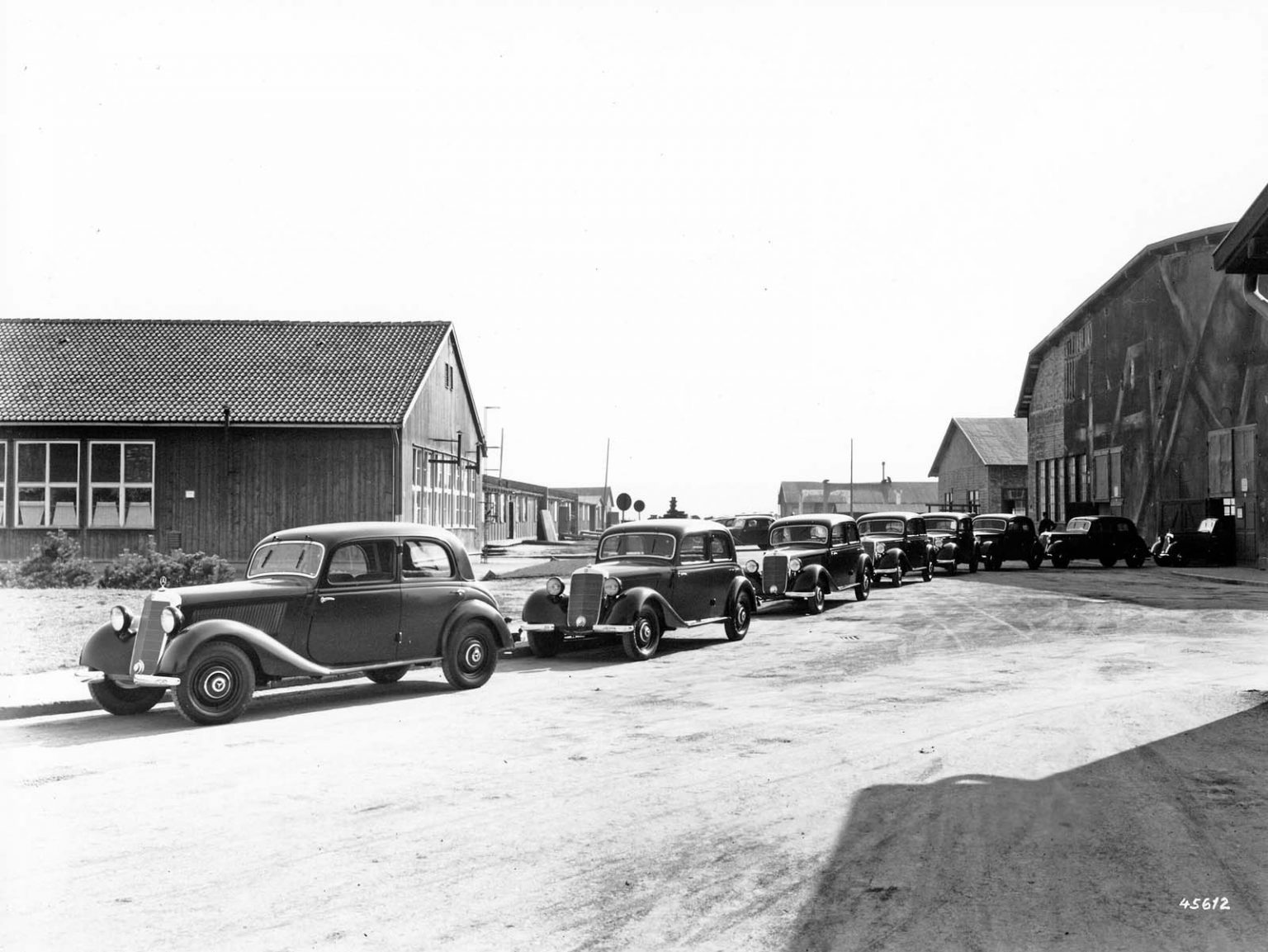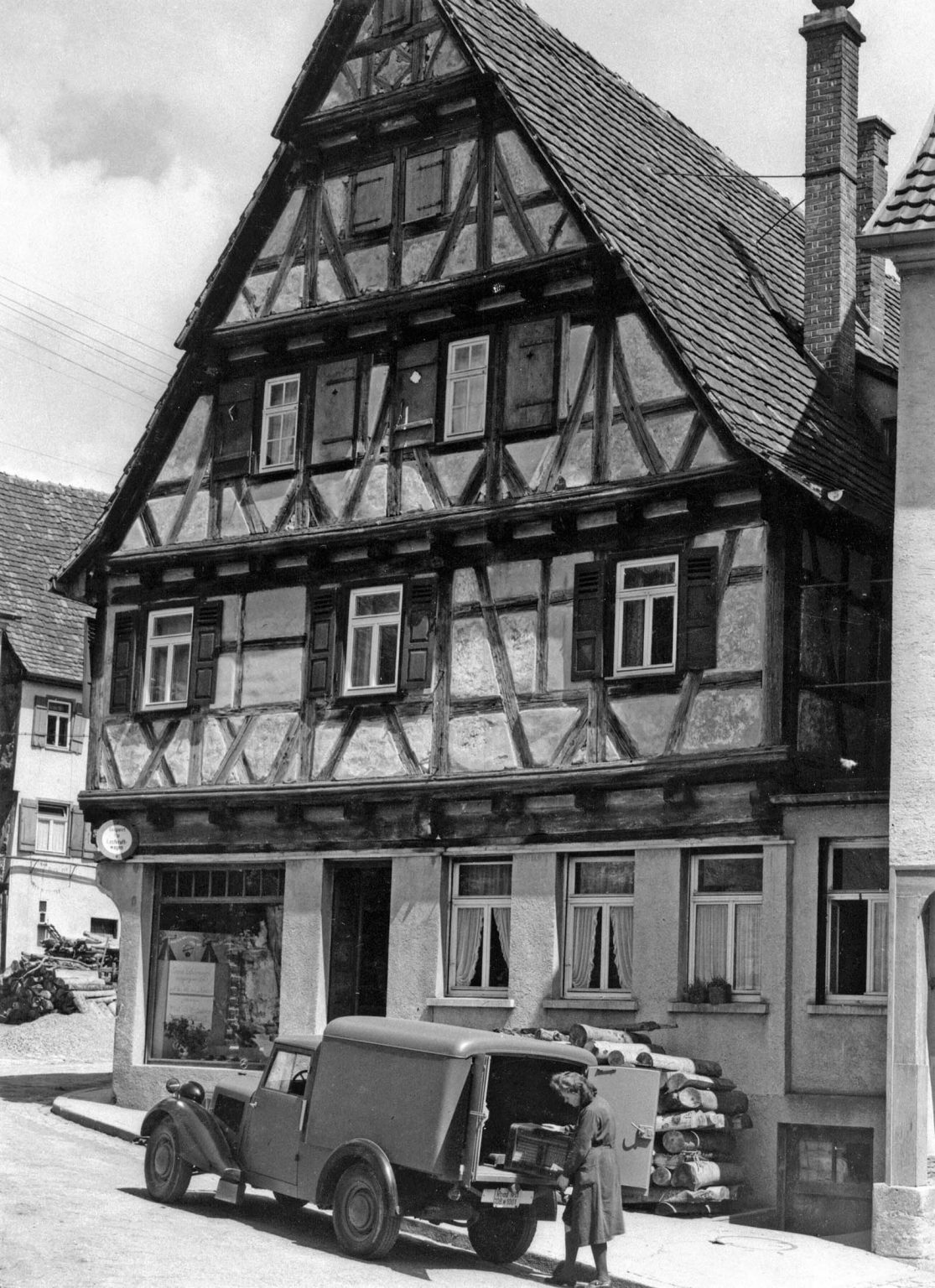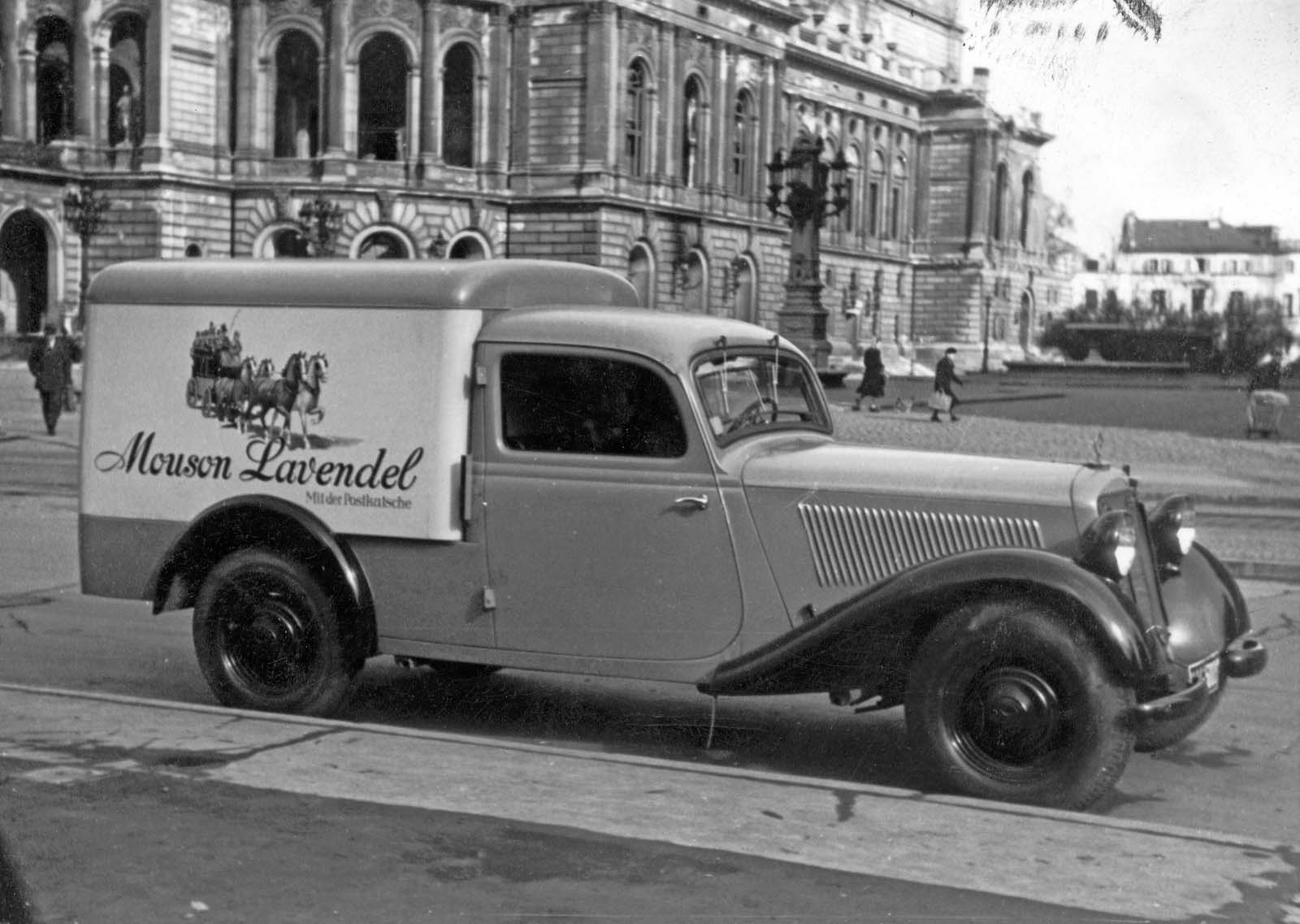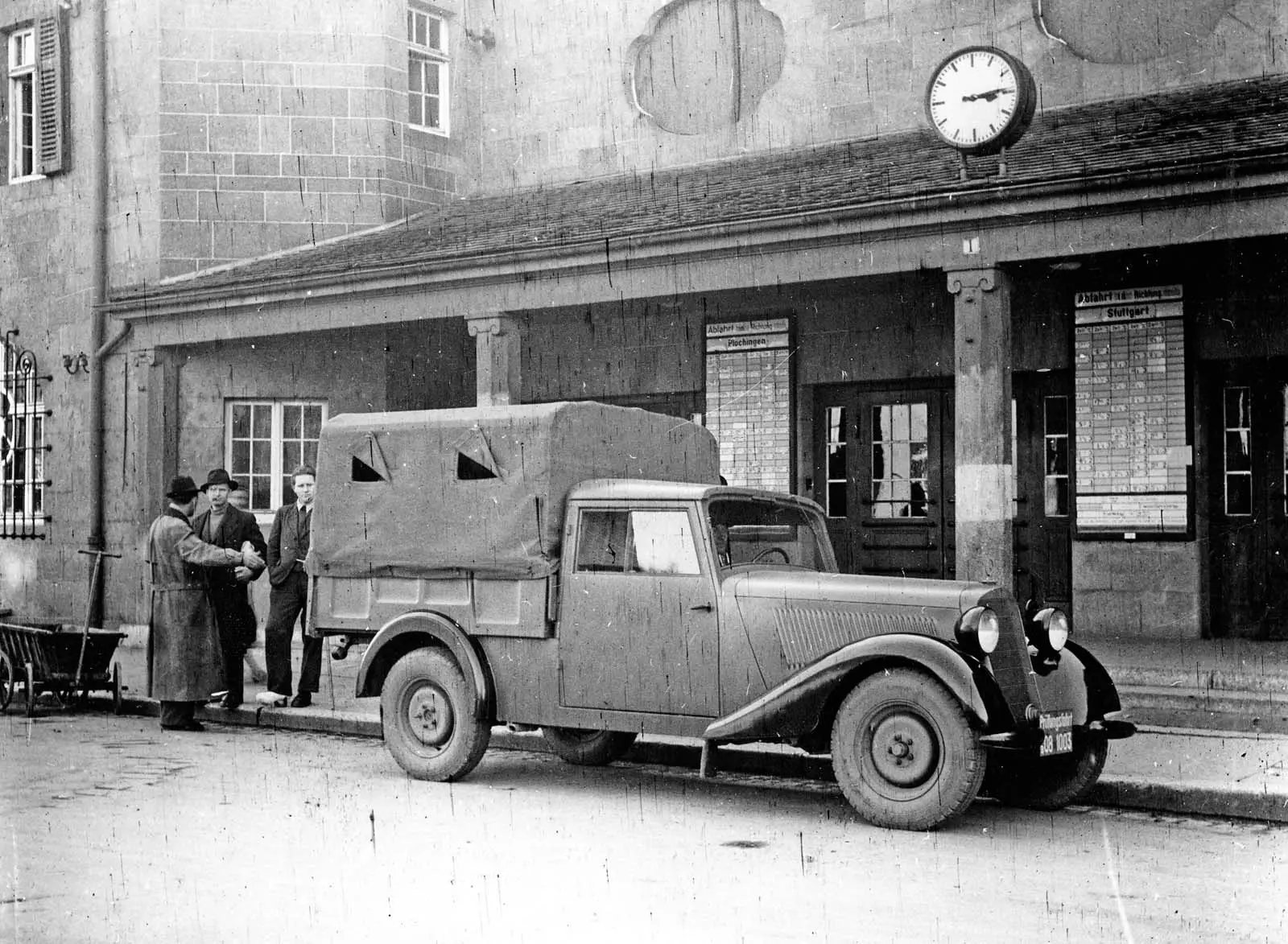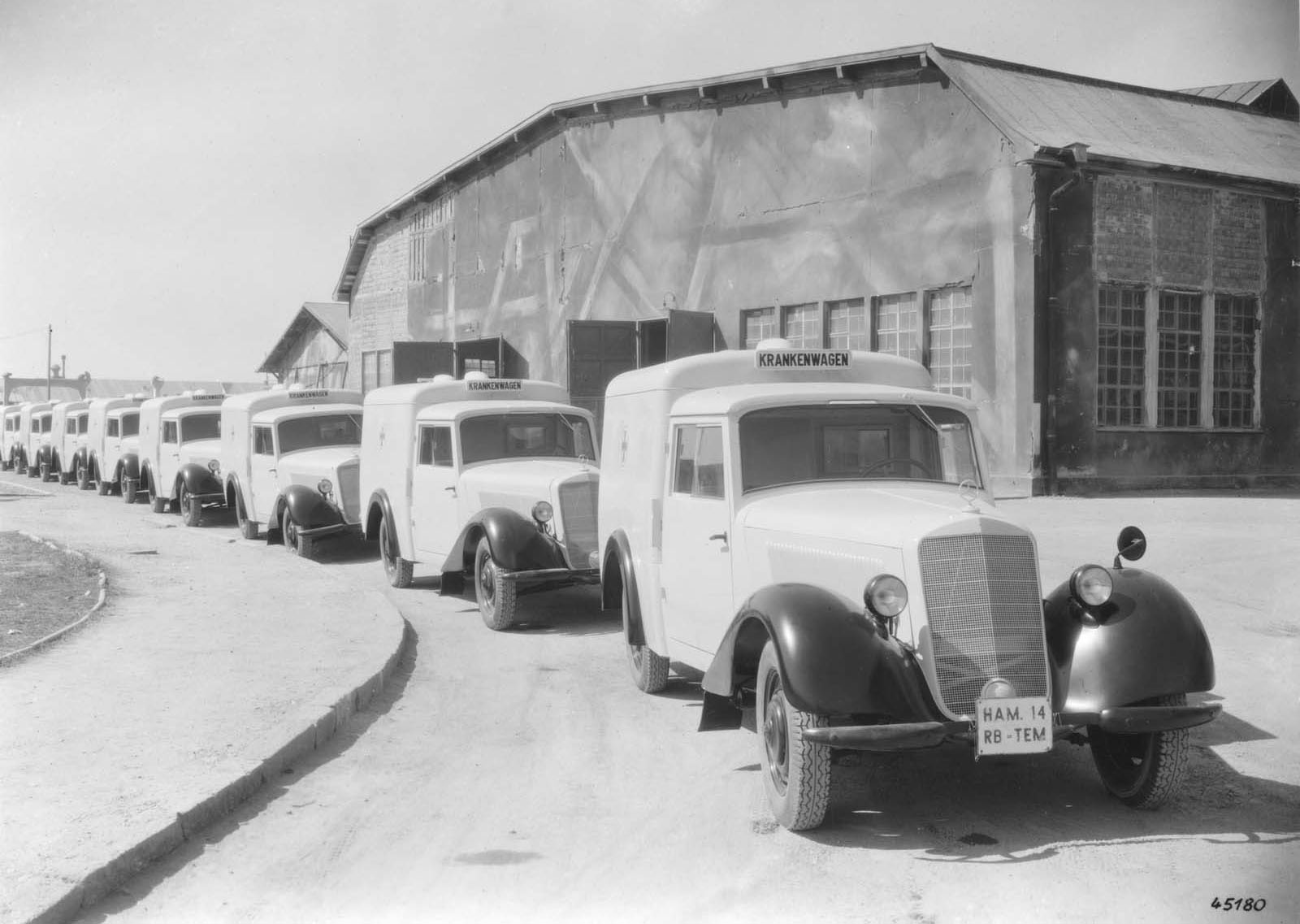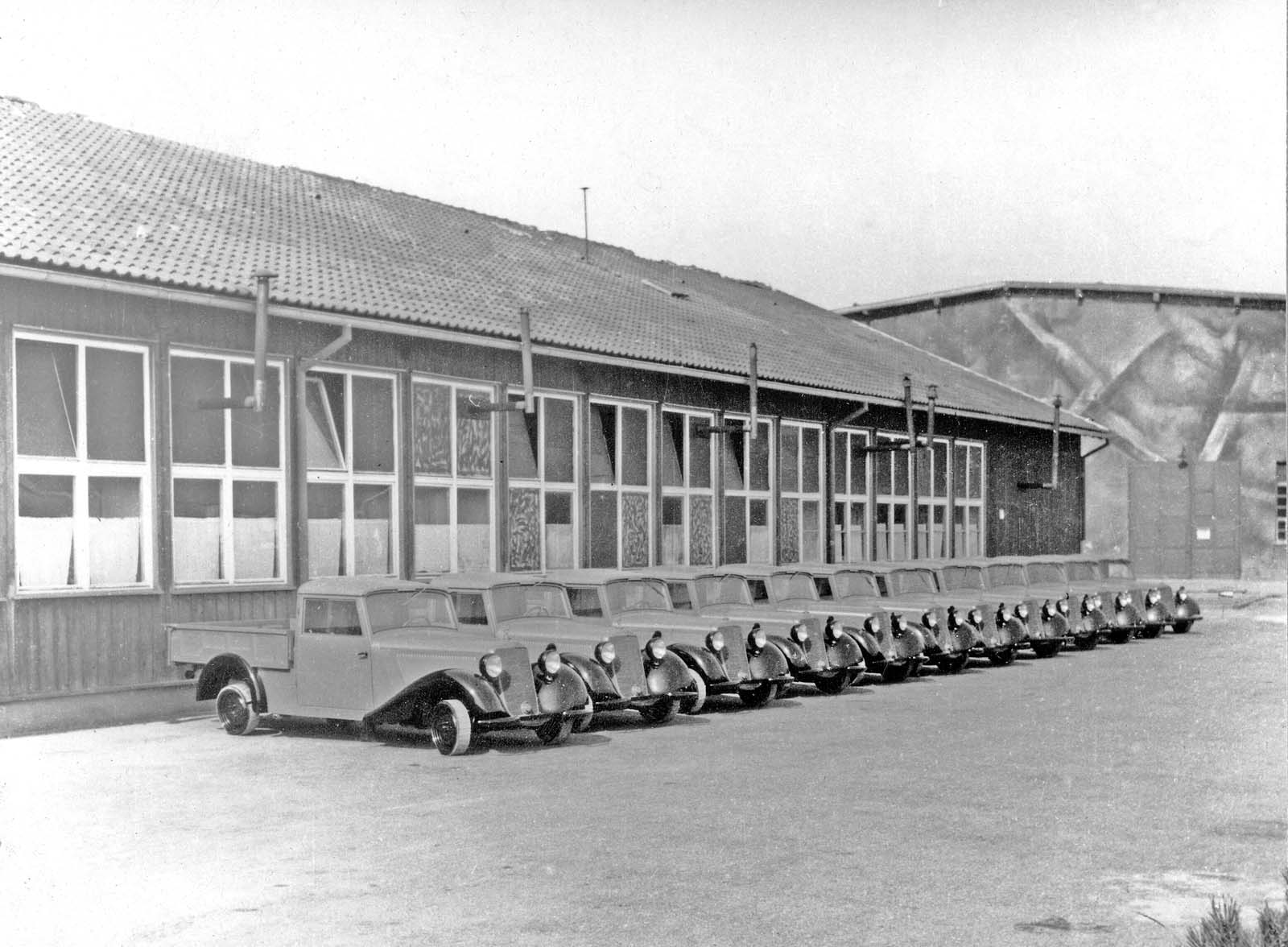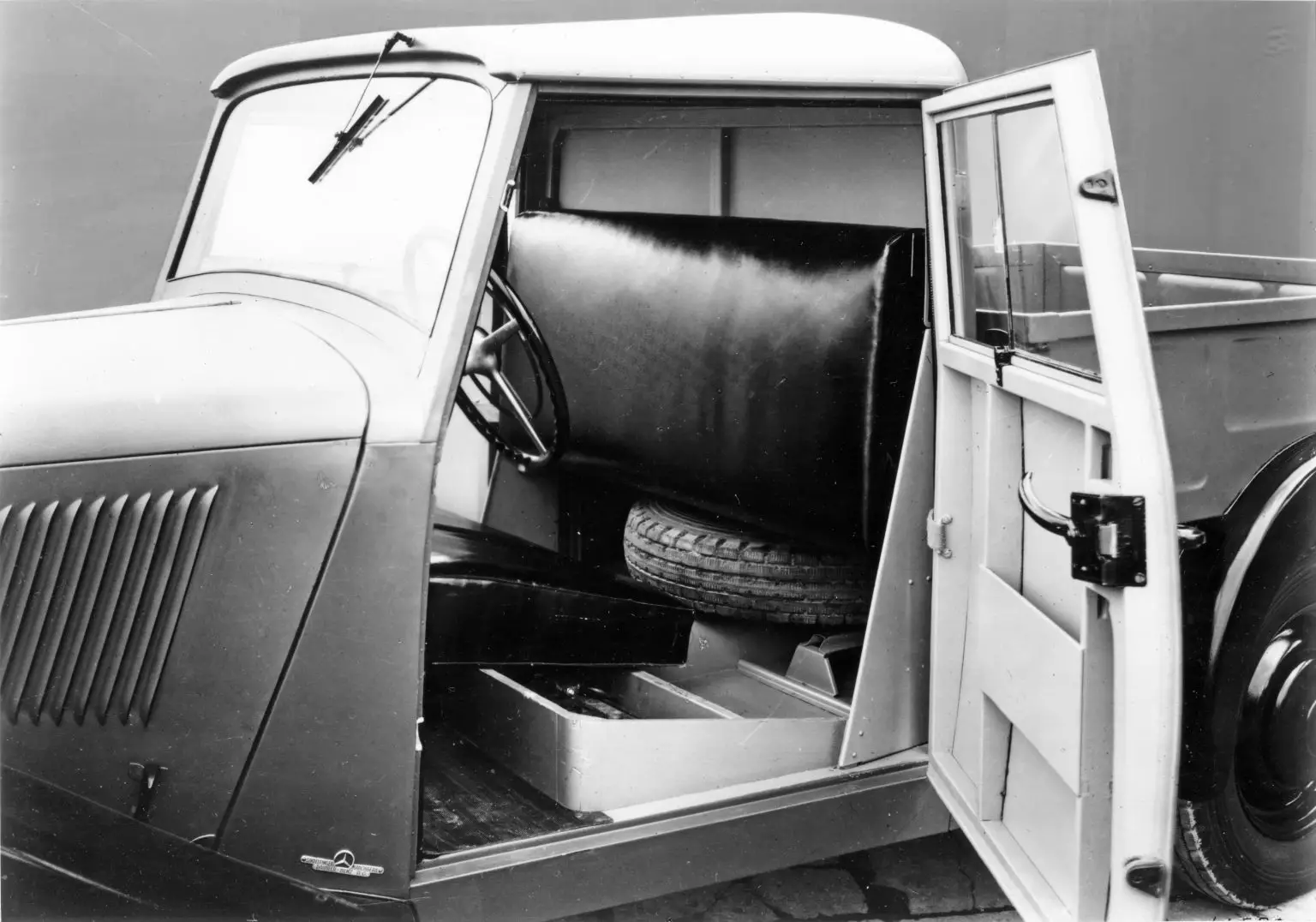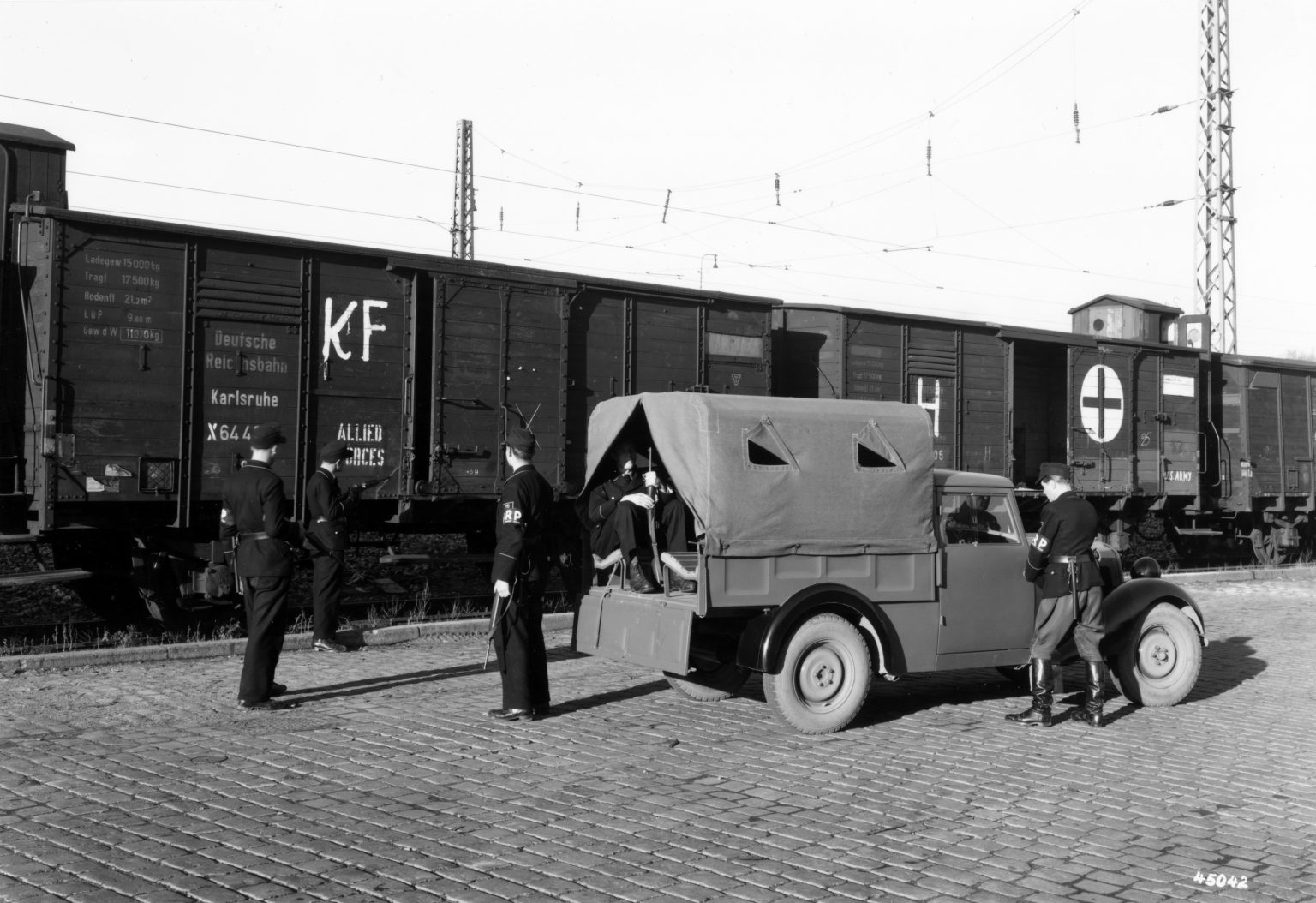
75 Years Ago Daimler-Benz Were Allowed To Resume Mercedes Car Production From November 1945
The 170 V four door saloon was made available to the public in July 1947. The government set the price of 6,200 Reichsmark. But they weren’t available to just anyone. You have to prove a genuine need for the car, or any of the vehicles that were on sale. Something of a forerunner to the communism that swept through Eastern Europe. Of course, this generated a huge black market for vehicles, where you could sell them for several times their original price. Sometimes figures of 100,000 or even 120,000 Reichsmark could be achieved. In 1948 the Reichsmark was replaced by the German mark and the price was now 8,180. The increase in price did see some more elegant features to the interior. Ivory coloured instruments with black numbering, just like before the war.
In 1947 there were 581 passenger cars and 464 vans. In 1948 this increased dramatically to 4,800 cars and 616 vans. Still very small numbers, but you can see the trajectory of the country’s economy. This continued in 1949, Daimler-Benz producing 12,719 cars and 382 vans.
Many thanks to Daimler AG for the use of the fantastic period images.
Simon
